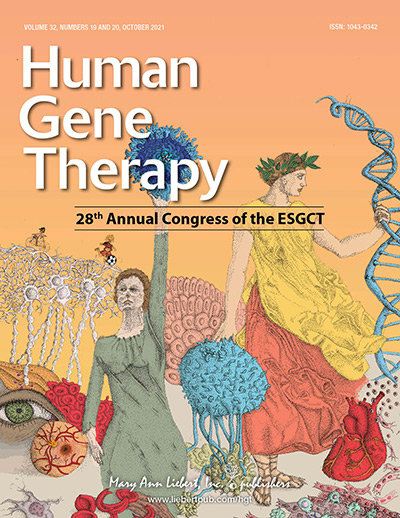|
Autores/as
Parés, Marta; Fornaguera, Cristina ; Vila-Julià, Ferran; Oh, Sejin ; Vila-Julià, Ferran; Oh, Sejin ; Fan, Steven H Y; Tam, Ying K; Comes, Natalia; Vidal, Francisco; Martí, Ramon; Borrós, Salvador ; Fan, Steven H Y; Tam, Ying K; Comes, Natalia; Vidal, Francisco; Martí, Ramon; Borrós, Salvador ; Barquinero, Jordi ; Barquinero, Jordi
|
Abstract
Mitochondrial neurogastrointestinal encephalomyopathy (MNGIE) is a rare disease caused by recessive mutations in the TYMP gene, which encodes the enzyme thymidine phosphorylase (TP). In this study, the efficient integration of a TYMP transgene into introns of the Tymp and Alb loci of hepatocytes in a murine model of MNGIE was achieved by the coordinated delivery and activity of CRISPR/Cas9 and a TYMP cDNA. CRISPR/Cas9 was delivered either as mRNA using lipid nanoparticle (LNP) or polymeric nanoparticle, respectively, or in an AAV2/8 viral vector; the latter was also used to package the TYMP cDNA. Insertion of the cDNA template downstream of the Tymp and Alb promoters ensured transgene expression. The best in vivo results were obtained using LNP carrying the CRISPR/Cas9 mRNAs. Treated mice showed a consistent long-term (1 year) reduction in plasma nucleoside (thymidine and deoxyuridine) levels that correlated with the presence of TYMP mRNA and functional enzyme in liver cells. In mice with an edited Alb locus, the transgene produced a hybrid Alb-hTP protein that was secreted, with supraphysiological levels of TP activity detected in the plasma. Equivalent results were obtained in mice edited at the Tymp locus. Finally, some degree of gene editing was found in animals treated only with AAV vectors containing the DNA templates, in the absence of nucleases, although there was no impact on plasma nucleoside levels. Overall, these results demonstrate the feasibility of liver-directed genome editing in the long-term correction of MNGIE, with several advantages over other methods.
|

WoS
Scopus
Altmetrics
 
|
|
Publicación
Human Gene Therapy, 18 October 2021, v.32, n.19-20, p. 1210-1223
|
